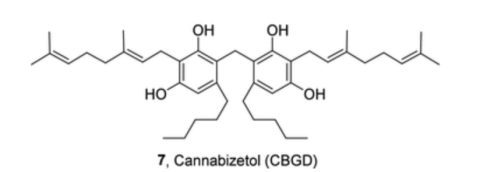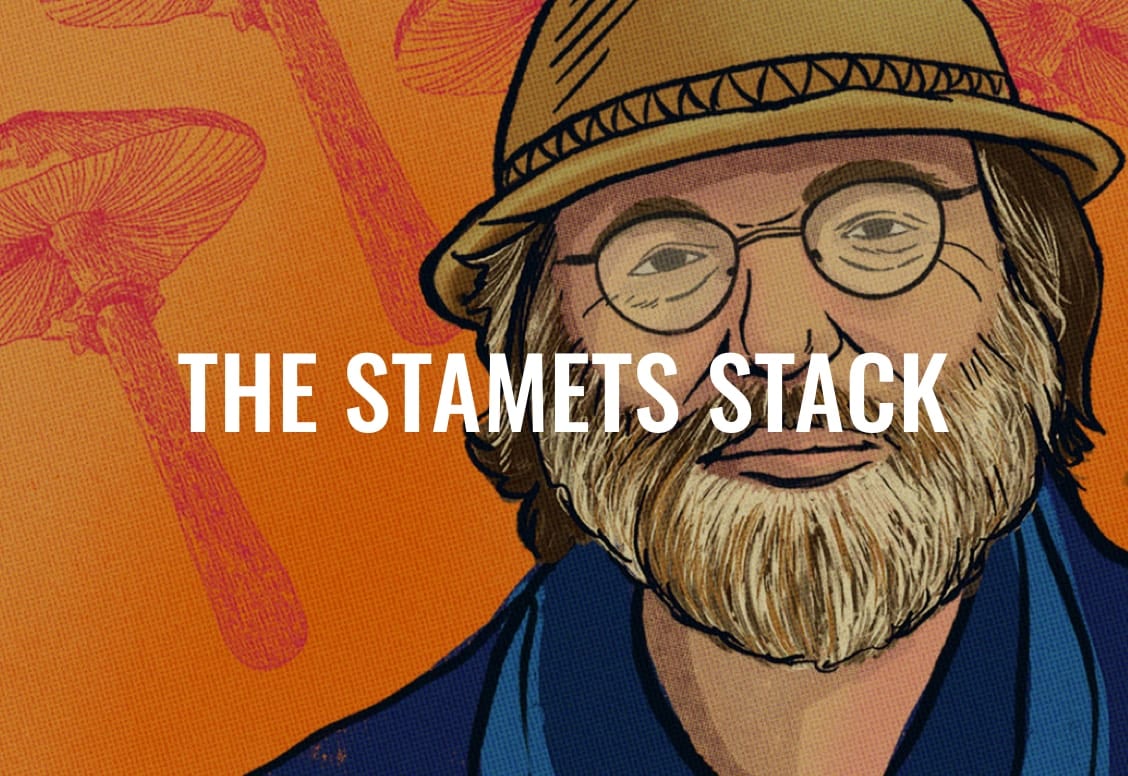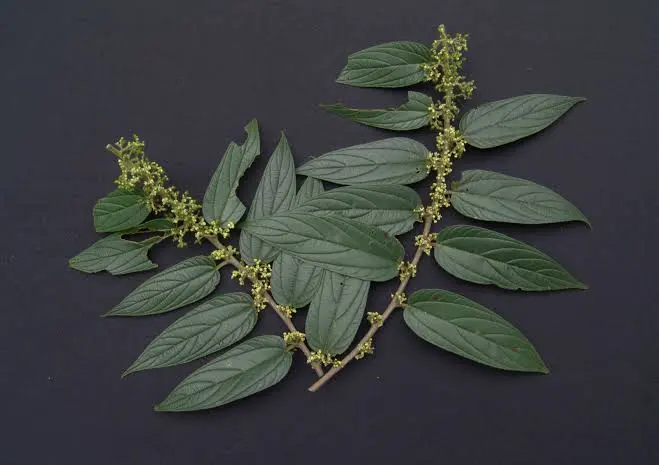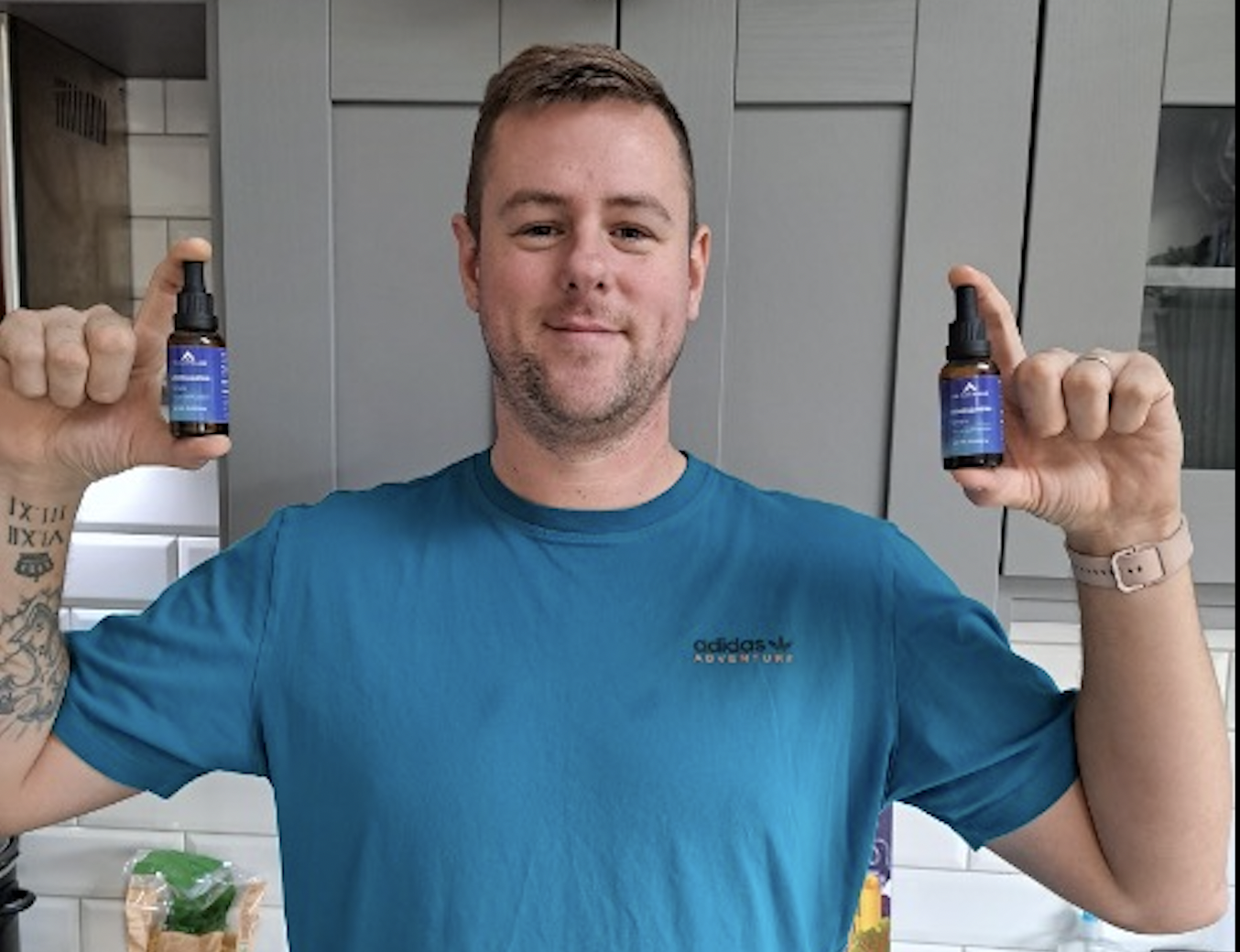When it comes to CBD, there’s a wide array of products presently on the market. With CBD oil, however, potential users will have their choices narrowed down to three options: Full-Spectrum, Broad-Spectrum and CBD Isolate. In this article, we’ll be focussing specifically on Full-Spectrum CBD oil – what it is, what it’s made from, how it works and more.
What is Cannabidiol?
CBD (Cannabidiol) is a cannabinoid derived from the Cannabis Sativa plant. Cannabinoids generally help to regulate the Endocannabinoid system, a system responsible for helping to adjust any imbalances in the body via the nervous and immune systems.
In all cases, CBD products are extracted from the hemp species of this plant, which has over 100 compounds within it. Also found within the hemp plant are terpenes (compounds that give the plant its scent) and flavonoids (compounds which help your body function better while protecting against toxins). Among the cannabinoids present are two of the most well-known – CBD and THC (Tetrahydrocannabinol).
THC is the psychoactive compound which induces a ‘high’ in the user, and is most commonly associated with marijuana. One main cause for concern with people new to CBD is the difference between hemp and marijuana.
Hemp will possess no more than 0.3% THC, while marijuana will have much higher concentrations. The presence of THC in CBD products is what distinguishes each of the three categories:
Full-Spectrum CBD oil will contain up to 0.3% THC or less
Broad-Spectrum CBD oil will contain the same ingredients but without any THC
CBD Isolate will contain exclusively Cannabidiol or CBD
Full-Spectrum & What This Means
Among the many new users of CBD oil, Full-Spectrum options are generally the most popular, and with good reason. Full-Spectrum oils use the entire hemp plant in their creation, meaning that CBD and all other cannabinoids will be utilised – including the trace amounts (0.3% or less) of THC.
The use of all compounds within the plant produces what is known as the ‘Entourage Effect’. The idea is that when all the ingredients within Full-Spectrum oils work together, their effect upon a user may be stronger than if a user took those ingredients individually.
The benefits of this whole-plant method of CBD consumption are still being researched, but thus far indications point to Full-Spectrum being the most effective version available on the CBD market.
Note: There is evidence that Broad-Spectrum CBD oils can also produce the ‘Entourage Effect’, but Full-Spectrum results have been more promising. The main reason for people opting for Broad over Full-Spectrum is due to the possibility of failing a drug test, even if the body retains only trace amounts of THC.
Also, because many companies are opting to sell Full-Spectrum oils due to their growing popularity, not every seller a person encounters will be entirely transparent with respect to how their oil is made or what ingredients (and how much of each cannabinoid) are included.
This has resulted in many buyers purchasing oils that have had higher amounts of THC than stated on the label, and sometimes lower. Either way, prospective buyers are advised to check that whoever they buy from, they ensure that lab tests have been carried out on whatever product they’re interested in. Any reputable brand will have lab testing reports featured on their website for customers to view or at least available for viewing on request.
How This Oil Works
As was mentioned, cannabinoids are helpful in the regulation of the Endocannabinoid system. The primary cannabinoids in Full-Spectrum oils, CBD & THC, work on different areas of the brain.
Within the human body, the Endocannabinoid system works on taking care of nerve function and the immune system, including but not limited to a person’s sleep cycle, mood and response to inflammation.
There is evidence that it is also related to how we feel pain, leading researchers to believe that CBD helps achieve optimal bodily balance however it must be noted that more large-scale research studies and clinical trials are needed to confirm the above. The study linked above suggests further research into how whole plant or full spectrum oils alter multi-sensory body systems which deal with pain.
Potential Risks
Even though Full-Spectrum oils contain only trace amounts of THC, some may still be wondering whether they can get a user ‘high’. We mentioned that not all sellers supply products that align with what’s stated on their labels. This may cause a person to consume more THC than they expect.
Also, if a Full-Spectrum CBD user takes heavy, consistent doses, there is a chance that they may experience some slight psychoactive effects, though experts believe that the concentrations involved (if bought from a reliable seller) are not strong enough to cause this.
It should be noted, however, that such substances can have differing responses from person to person. This is another reason why some opt to begin with a Broad-Spectrum product.
Potential Side Effects
Like any relatively new substance, research into CBD and its effects is still very much in its preliminary stage. Despite researchers contending that the average person’s CBD tolerance will not be an issue, there are possibilities that one of a number of adverse reactions could occur, including drowsiness, stool and appetite changes which were found in one study.
However, according to this study CBD as a substance has a better side effect profile when compared to other drugs used. This more positive side effect profile makes CBD safer and potentially more appealing to those looking for alternative or holistic food supplements.
Note: An important caveat here is that the majority of negative responses to CBD occur when it coincides with the taking of other medication. A two-hour gap is recommended between taking CBD products and any other medications to prevent one from interfering with the other in the body.
Full-Spectrum vs Broad Spectrum
Because Full-Spectrum oils use all cannabinoids and other active compounds, users of this option may experience what is called the “Entourage Effect”. With all of these elements working in tandem, the theory is that Full-Spectrum users can undergo a more intensified experience. They can receive benefits that might otherwise be diluted if each of the ingredients were taken separately.
Other cannabinoids present in Full-Spectrum oils will include CBN, CBG, CBDV, CBDA and CBC. Studies done have indicated that these, along with other cannabinoids and terpenes (compounds that affect scent), can elicit a better response due to the entire hemp plant being used as the compounds work in synergy with one another.
THC & Drug Testing
One of the main hesitations, however, is that with Full-Spectrum CBD you will be introducing a certain amount of THC into your body. Most Full-Spectrum options will contain 0.3% THC or less, a negligible amount that is non-psychoactive and non-toxic.
THC and drug testing is an area which is not fully studied or even nearly so. When taking full-spectrum CBD oils for example it is unclear whether a urine drug test will show the presence of THC or not for the user. This is because there are various methods of absorbing CBD into the body whether it be vaping, orally taking drops or eating and digesting CBD-infused food products like jellies.
Nevertheless, if you are a heavy and daily user of a potent Full-Spectrum oil, these doses may leave tiny amounts of THC in your body’s system. The key is to ensure your product of choice has a low enough THC content, and that the seller you buy from is verified through lab testing. This way you can minimise the threat of being sold a product whose label isn’t reflective of the listed ingredient amounts.
Another reservation people may have with Full-Spectrum is the possibility of failing a drugs test, or the chance of receiving a false positive despite the low amount of THC in the product. So, if someone wants to avoid the chance of this happening, their best bet would probably be to go with a Broad-Spectrum choice.
Another small reason for avoiding Full-Spectrum would be if a user wished to avoid the strong natural taste that these oils can have. There is also a strong hemp smell associated with Full-Spectrum options due to their whole plant source.
Broad-Spectrum CBD Oil
Broad-Spectrum, just like Full-Spectrum, also uses Cannabidiol along with all other compounds present in hemp. The one drawback, however, is that during and after the extraction process of cannabinoids from the hemp plant, all THC gets removed. Distinctions like these are important for all CBD users to know.
If you live in an area where the legality of THC products is strict, or if you are employed in a field which has regular drugs testing, then a Broad-Spectrum choice is advised. This, of course, is a much-desired benefit if you are looking to avoid the threat of a failed drugs test, or if you simply wish for there to be no THC content present.
Also, because Broad-Spectrum oils use added terpenes and flavonoids, as well as retaining several cannabinoids such as CBG & CBN, it’s still possible to bring forth the ‘entourage effect’ despite the absence of THC. Thus, whole-plant benefits may still be experienced through this option, though research still suggests that the ‘entourage effect’ may best be felt through the combination of both CBD & THC together. If you’re insistent about availing from these potential results, then a Full-Spectrum choice may be your best shout.
Personal Preferences & Situation
Ultimately, which oil a person opts for will depend on a number of factors. It’s less a matter of competition than of which oil is most applicable for a user’s needs and situation.
With Broad-Spectrum, many users will perhaps receive the best of both worlds. The benefits of the ‘entourage effect’ can still be felt, minus the risk that the inclusion of THC might pose for some users, be it sensitivity to consuming THC, or simply for employment reasons. Broad-Spectrum is also a good starting point if someone is completely new to the world of CBD, and wishes to start slow.
With Full-Spectrum, however, users may be in search of the most potent application that CBD can have for them. They also may not currently be in a situation where the presence of THC is a problem.
In either case, potential CBD consumers need to weigh up their reasons for use. All bodies are different, and some may find that Broad-Spectrum is more than enough, while others may be using Full-Spectrum and still feel like they require more. The essential difference is the inclusion of THC, and asking whether this presents a problem or not will go a long way to deciding which product a person should use.
Conclusion
Ultimately, the likeliest factors that determine whether a person will opt for Full-Spectrum oil will hinge on their attitude to THC, and what purpose they want to take CBD for. If you have certain conditions you wish to try treating with CBD, and want to experience the ‘entourage effect’, then Full-Spectrum CBD oil is the best bet.
























